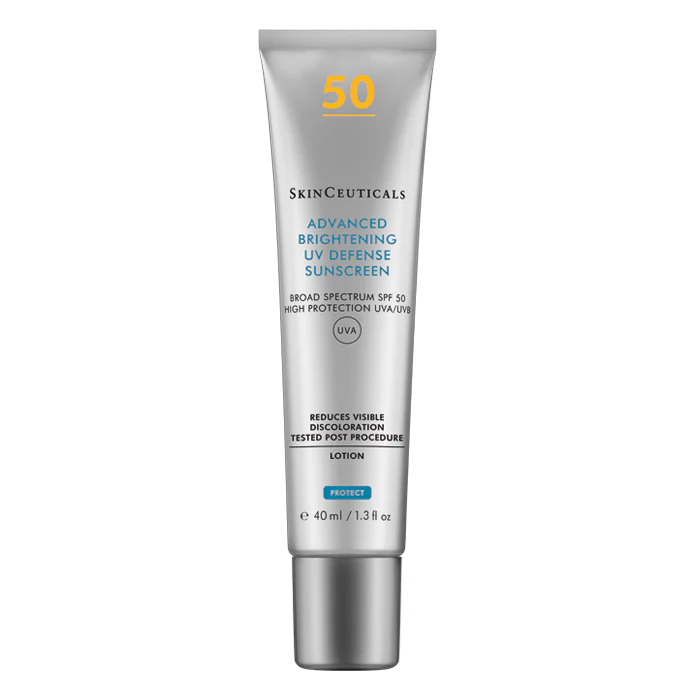Dark circles, also known as periorbital hyperpigmentation, are a commonly encountered condition best described as the darkening of skin pigmentation around the eyes. Whilst dark circles are not usually caused by an underlying medical condition, many people think they make them look tired, sad or older than they are, and therefore can affect their emotional well-being .
What causes dark circles under eyes?
The darkening of the pigment underneath the eyes can be caused by a number of environmental and biological factors. The reason for an individual’s dark circles may be that excessive pigmentation is simply genetic or hereditary. Other factors which may cause dark circles include allergies, skin laxity, and deep tear troughs, sometimes referred to as tear trough depression.
What environmental and lifestyle factors can cause dark circles?
Lifestyle and environmental factors are also reasons for dark circles under the eyes
• A lack of sleep can cause skin to become dull and pale, which allows for dark tissues and blood vessels beneath the skin to show. As well as a result of extreme fatigue – or even just staying up a few hours past bedtime – dark circles can be caused by oversleeping. Discover more on the importance of sleep for skin here.
• Stress can not only have a negative impact on sleep, but can also break the fragile capillaries under the eyes which can give a dark appearance.
• Excessive alcohol consumption is dehydrating and can cause the skin beneath the eyes to thin and look sunken.
• Ultraviolet (UV) radiation exposure can cause the body to produce an excess of melanin, causing pigmentation around the eyes resulting in darkening of this area.
• Smoking induces the secretion of Matrix Metalloproteinases, (MMPs) which are a group of enzymes that trigger inflammation which results in the degradation of collagen when produced in excess, causes the breakdown of vital collagen in the skin. When smoking obstructs the production of collagen or breaks it down, the skin on the face gets affected, with the under eye area being the most sensitive. It also affects the blood vessels under the eyes – and the collagen present in these vessels. They become bluish due to the lack of blood circulation.
How much do genetics influence dark circles?
Dark circles can also have a genetic basis. Some people are more likely than others to have excessive pigmentation, melanin deposition, or low levels of collagen in the area under the eyes - all of which contribute to the appearance of dark circles. Although hereditary genetics can ensure one individual is more susceptible to dark circles than another, it is also recognised that stress, ageing and a lack of rest can cause pigmentary change.
What about the other causes of darkness around the eyes?
As we age, the skin thins and becomes lax in the region. Coupled with a loss of the layer of fat under the skin, the shadowing of the tear trough is accentuated and causes dark circles to become visible under the eyes.
Can dark circles be prevented?
Avoidance of aggravating lifestyle factors can have a positive effect on the appearance of dark circles. Whilst hereditary causes of dark circles are almost impossible to avoid, there are a number of treatments that can mask, minimise and prevent hyperpigmentation.
What treatment options are there for hyperpigmentation?
A spectrum of treatment options are available for hyperpigmentation. Among these are non-invasive options such as skin-protective or restorative creams, concealment and camouflage products, minimally invasive treatments such as soft tissue fillers and resurfacing, and more invasive treatments including surgical intervention.
Concealers and cosmetics are the least invasive option for the treatment of dark circles. Mineral make-up foundation can be used to blend skin tones and help conceal undesirable darker pigment in the under eye region. Similarly, there are topical treatments that can help combat the appearance of dark circles by tackling the underlying causes of skin laxity and thinness, UV light damage, and the build-up of fluid around the tear trough.
SkinCare.
SkinCeuticals has developed a range of products to improve the appearance of the overall eye area including dark circles, fine lines and wrinkles.
AOX+ Eye Gel helps target visible signs of ageing such as fine lines and wrinkles, and combats signs of fatigue. It is a refreshing gel enriched with antioxidants like phloretin, L-ascorbic acid and ferulic acid to help fight against free radical damage. Also enriched with caffeine, AOX+ Eye Gel improves the overall appearance of the eye area and helps to reduce under eye puffiness when applied with a gentle tapping action.
AOX Eye gel. https://www.nualawoulfe.ie/collections/skinceuticals/products/skinceuticals-aox-%C2%AE-eye-gel-15ml
A.G.E. Eye Complex is a three-dimensional treatment with its own unique combination of ingredients to help target visible signs of intrinsic ageing and hydrate the eye area. It is a silky anti-wrinkle cream formulated with optical light diffusers to immediately improve skin radiance. Enriched with Blueberry Extract, Proxylane™, and peptides, it helps refresh the appearance of tired, dull-looking eyes.
Mineral Eye UV Defence SPF 30 provides high-UV protection due to its mineral base and has been formulated specifically for the thinner and more sensitive skin around the eye; it is non-migrating, meaning it doesn’t migrate into the eye and cause irritation. In addition, this product unifies the skin tone around the eye, providing a universal tint.
These are very popular products with our clients.




















































